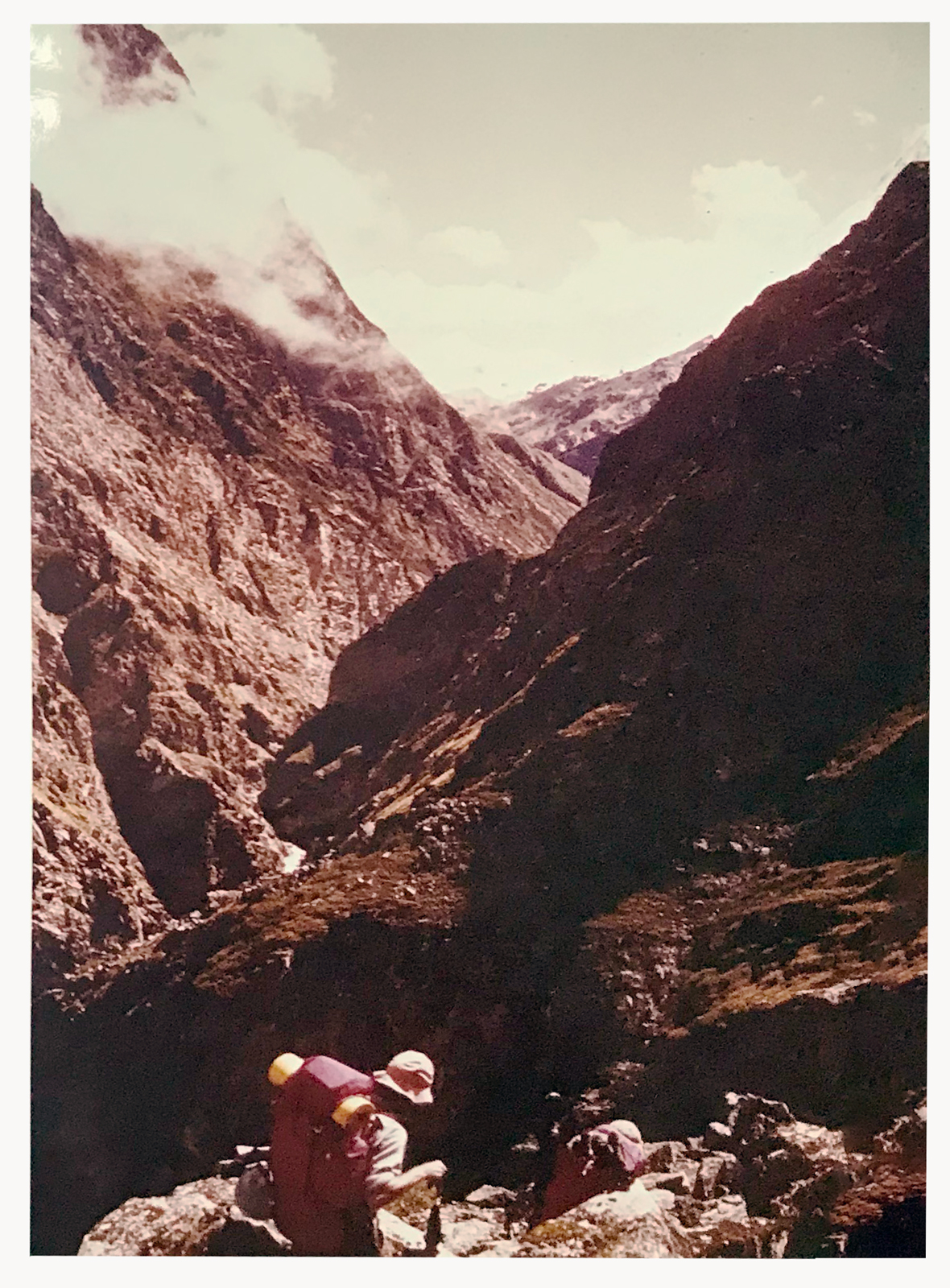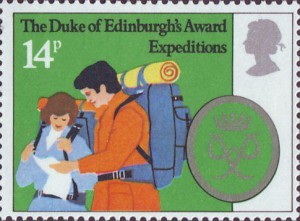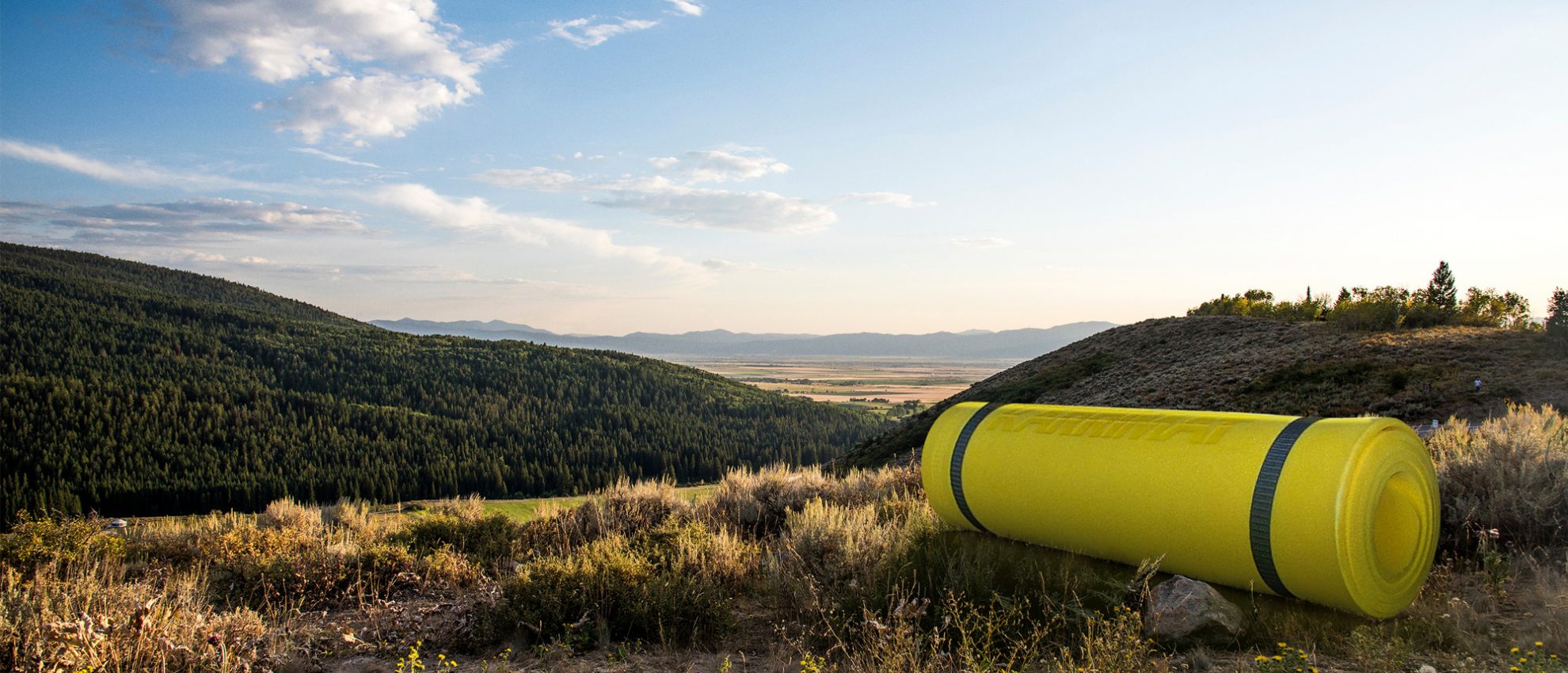
For all the effort companies put into product development, sometimes great products come about by chance. Take the Karrimat, for example.
Launched by British outdoor equipment manufacturer Karrimor International in 1968 as the first closed cell foam sleeping mat, the Karrimat became a ‘Don’t leave home without it’ item of equipment for serious all-weather lovers of the outdoors, from weekend hill walkers to the climbers who took part in Sir Chris Bonington’s epic expeditions to both Annapurna and Everest. As an indication of its iconic status, in 1981 the unmistakable yellow of the Karrimat featured on one of the UK postage stamps issued to mark the 25th anniversary of The Duke of Edinburgh’s Award scheme.
Almost 50 years later, Zotefoams still fields enquiries from users around the world looking to replace Karrimats that – at last – are showing signs of age. It was one such enquiry, from Geelong in Australia, that set Zotefoams on the trail of the story behind this long-lived and much-loved product. Which is where the element of chance comes in…..
Mike Parsons, former Karrimor CEO and inventor of the Karrimat, takes up the story. Mike joined the company, which had been founded by his father Charlie, in 1960, straight from the sixth form at school, and it was under his leadership that the business became a major global brand. “Our core products were outdoor clothing and equipment, especially rucksacks,” he says. “We were a really innovative company, one that experimented with different types of synthetic polymers as alternatives to the traditional cotton and leather materials. That was how we first came into contact with Zotefoams, or BXL Plastics as it was then, when we designed a new shoulder harness using nylon with a closed cell foam insert.
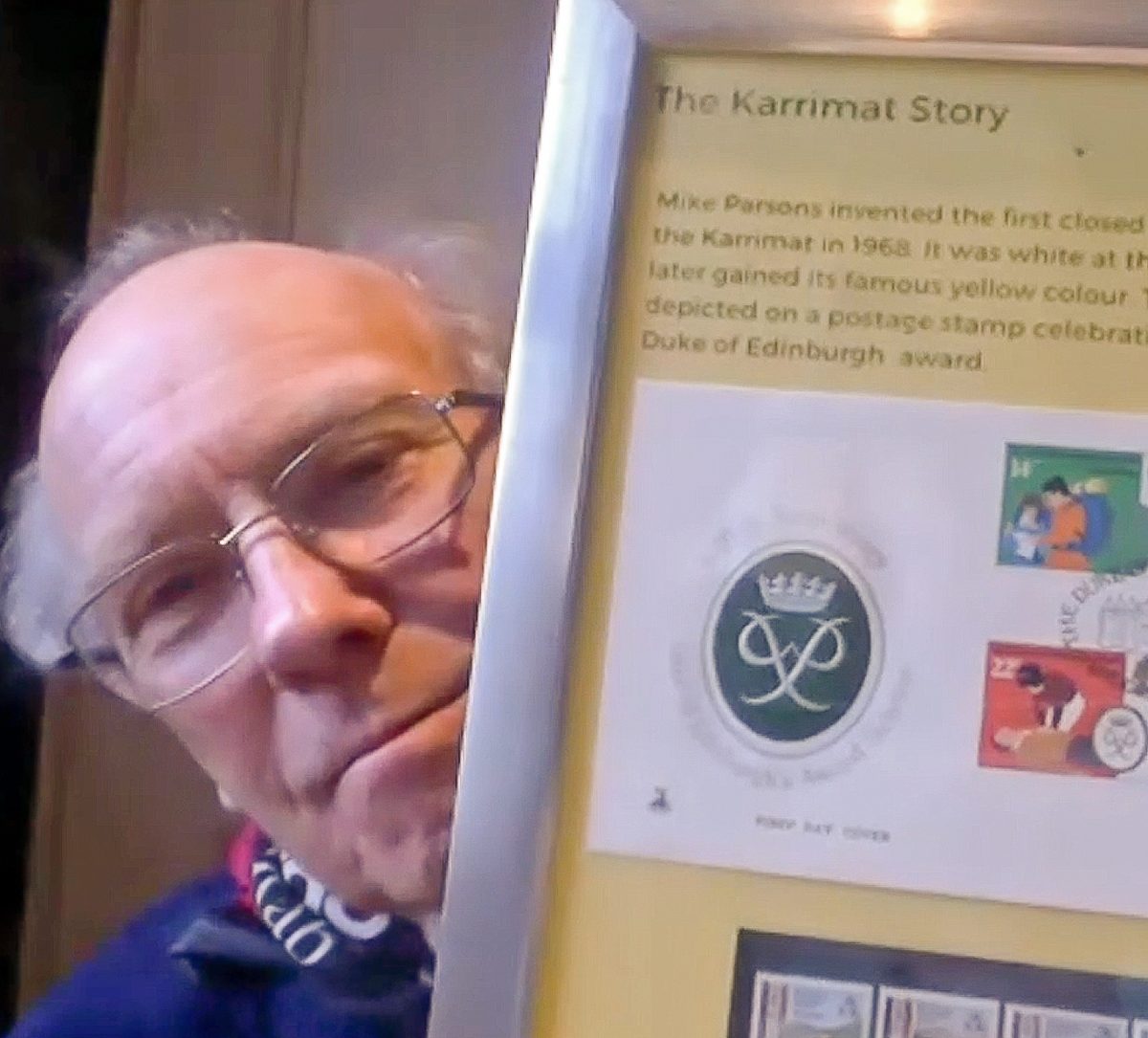
“One of our retail customers was Graham Tiso, who had a chain of outlets in Scotland and regularly visited our Haslingden factory. So, on one occasion, I was showing Graham round the factory and there was a pile of 3’ by 2’ [0.6 x 0.9m] foam sheets on the floor. I saw him look at them with more than a passing interest, so I wasn’t surprised when he asked for a sheet.”
A few weeks later Mike received a call from Graham. “He had an idea for what he called ‘that white foam stuff’ and wanted to discuss it with me. Well, the idea turned out to be related to his other role as an instructor at the Scottish National Outdoor Training Centre, where snowholing was one of the survival techniques he taught. The foam sheets would make a good floor for the holes.”
The idea didn’t come as a total surprise to Mike, because, in a case of great minds thinking alike, he had also concluded that the foam could make a comfortable bed, but for a tent rather than a snow hole. “I’d tried it out, lying down on the factory floor, and thought ‘This could work.’”
At the time, he recalls, the alternatives were uninspiring. “You could use sweaters or sheets of newspaper – as I did – or an air mattress, but none was perfect. The air mattresses were made of rubber-coated cotton fabric, so they were pretty heavy at around two pounds [1kg], and at three inches [7.5cm] thick they also contained a lot of free air, so they were cold.”
For Mike’s purposes, he needed a larger sheet than 3’ x 2’. Fortunately, his idea coincided with Zotefoams’ adoption of metric sizes, and Evazote®, in the new 2m x 1m format, provided the raw material for a 2m x 500cm product. But there was still some way to go before the Karrimat finally took shape, so Mike took himself down to the factory basement to bond the sheets together to get the right thickness. “I used a long hot blade to melt both sides before bringing them together,” he recalls. “It wasn’t a terribly neat bond, but it worked. I chose the basement on the grounds that the smell wouldn’t reach the factory above, but I hadn’t factored in the lift shaft, and it stank the place out anyway!”
He may have proved the concept worked, but the manufacturing process obviously needed fine-tuning. A solution came from BXL general manager John Henrick, who offered to take on the manufacture and, says Mike, “created a blanking knife that gave us rather nicely curved ends.”
“Danish explorers in Greenland reported that Karrimats were a great substitute for reindeer skins as sleeping mats, although at -30C they needed two!”
Lighter, much warmer and more comfortable than the alternatives, the Karrimat sold well from the moment it hit the shelves. The time was right for the product, recalls Mike: “UK mountaineering and winter activities were expanding rapidly at the time and the Karrimat made an ideal sleeping mat, especially in places where an air mattress might spring a leak, like rocky ledges or grit-covered ground. It still does.”
The company offered two sizes of Karrimat — a full-length 1850cm x 450cm version for winter use and a shorter 950cm-long edition for summer use. Sleeping on the latter, says Mike, “needed a bit technique, making a pillow from clothing and using a pack or more clothing for the feet. But we could cut four mats from the Evazote sheet, so it made good economic sense. We also sold 5mm Karrimat on the roll so that users could create their own custom sizes and shapes.”
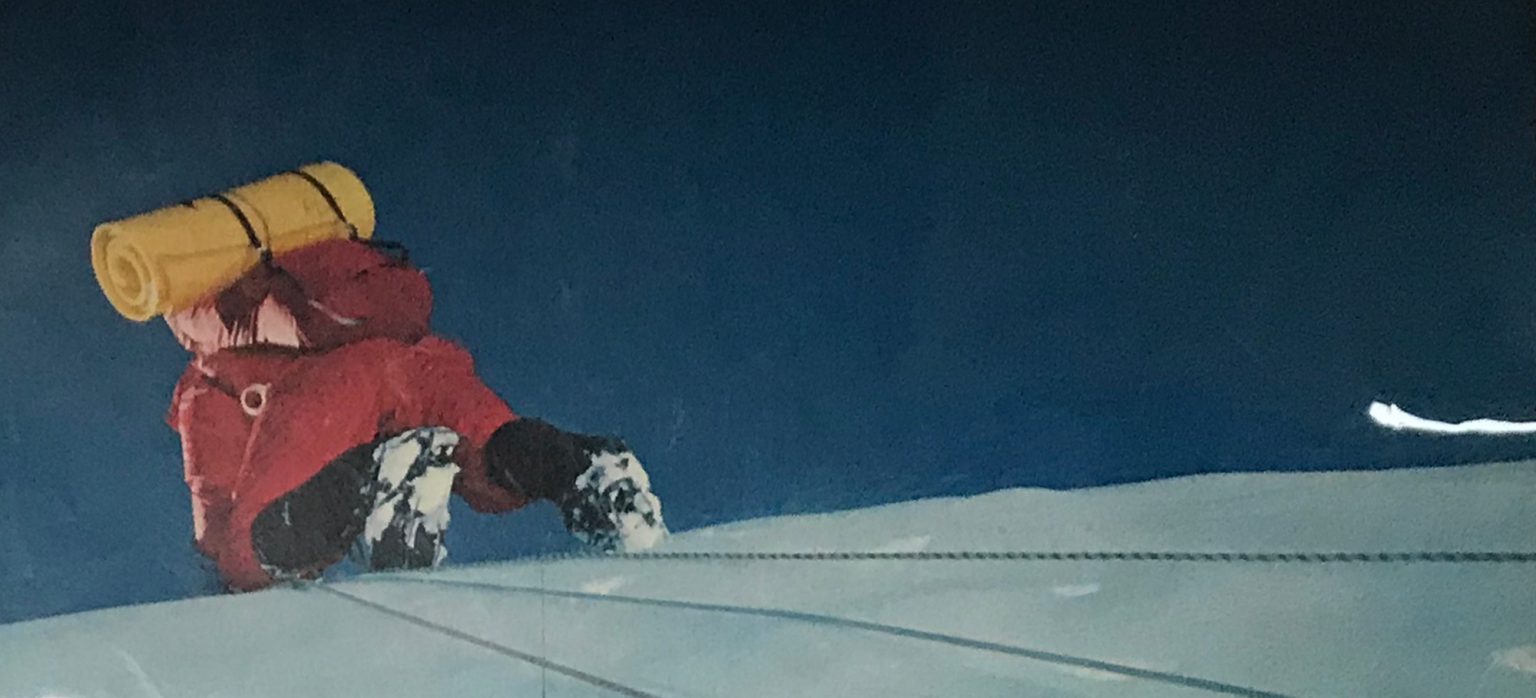
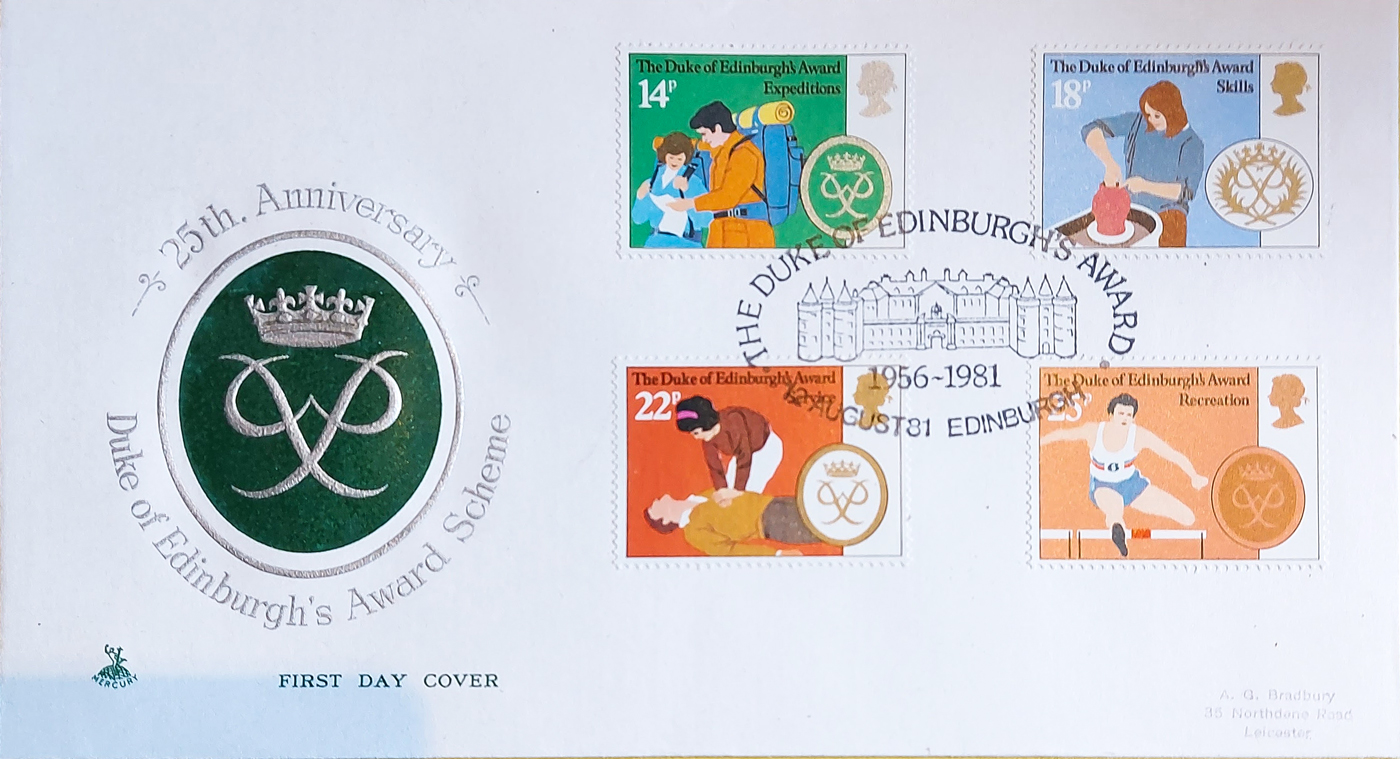
As for that wonderful bright yellow colour, there’s a story behind that too, and once again John Henrick figures, as Mike explains. “John came to us one day and asked if we wanted our own colour. We thought a bit, and chose yellow. Then we asked how much foam we’d have to order. John’s answer – five tons – rather shook us, but he was confident we’d need it all. And he was right.”
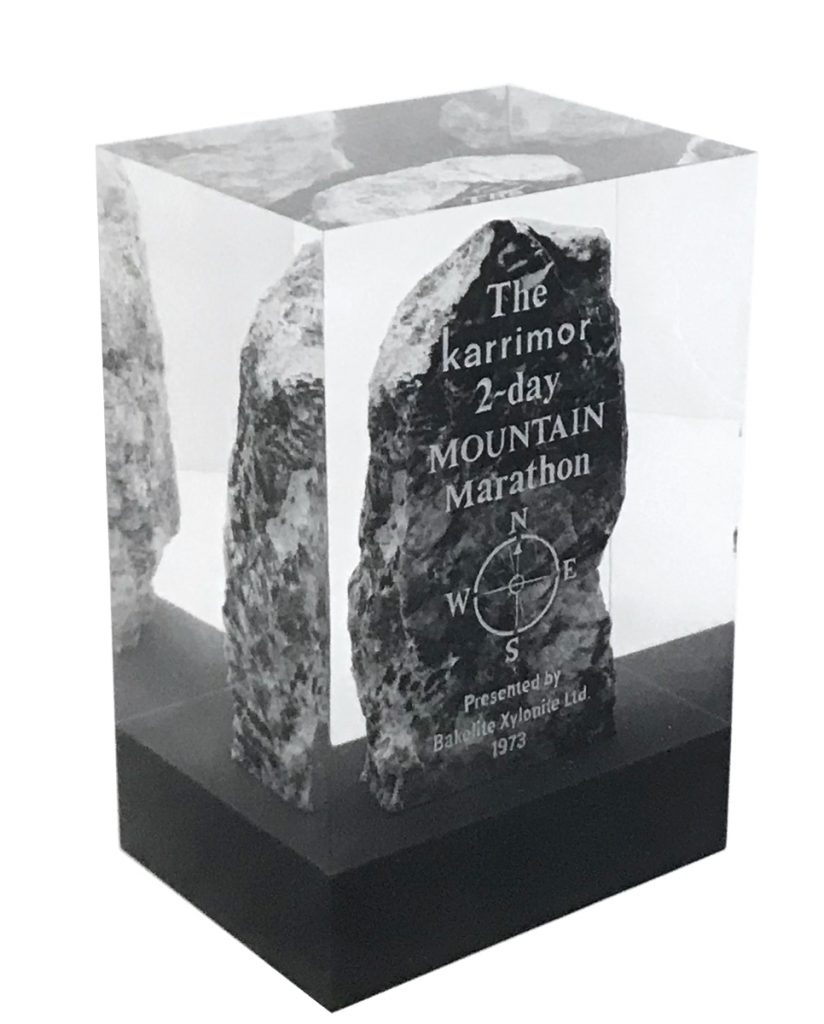
The Karrimor Trophy presented by Croydon-based Expanded Rubber and Plastics Division of Bakelite Xylonite Limited. The trophy consists of a piece of Connemara stone set in clear acrylic resin.
Karrimat depicted on a postage stamp celebrating 25 years of the Duke of Edinburgh award

Asked how many Karrimats have been sold, Mike guesses that it’s in the hundreds of thousands. Judging by those enquiries to Zotefoams, there are likely many thousands still in use, testimony to a great idea. From factory floor to the top of the world indeed!
